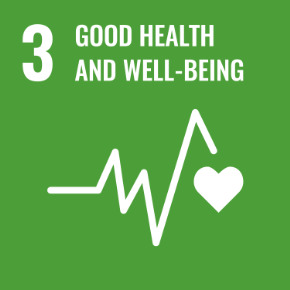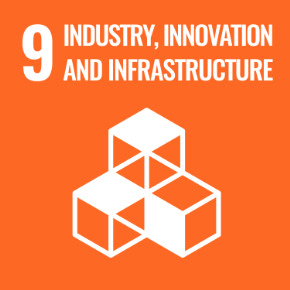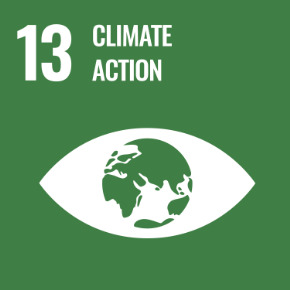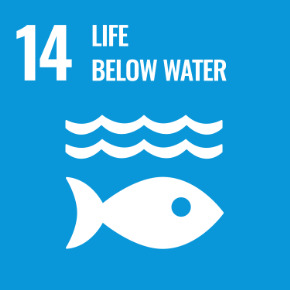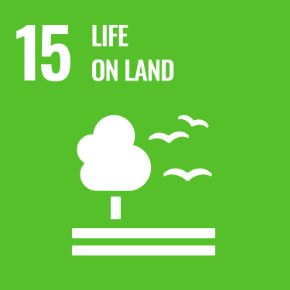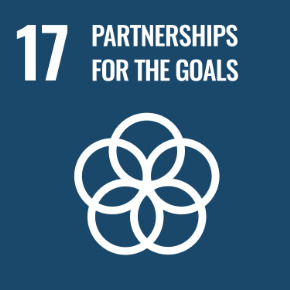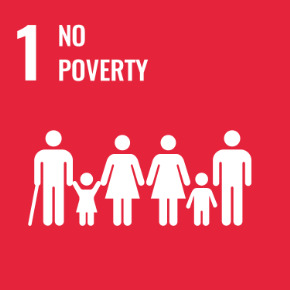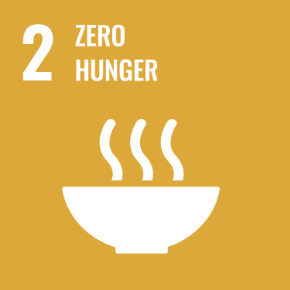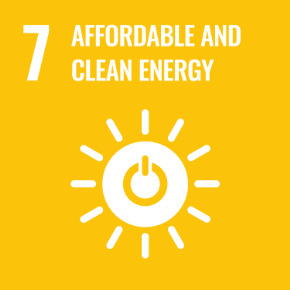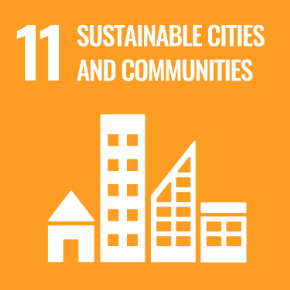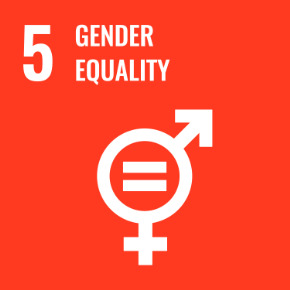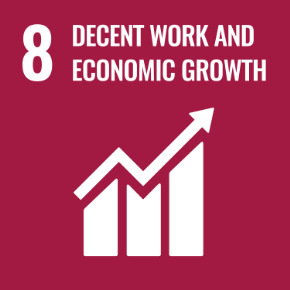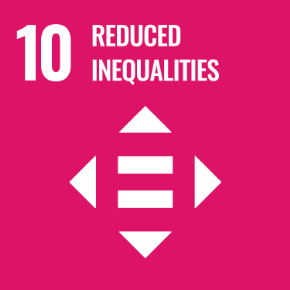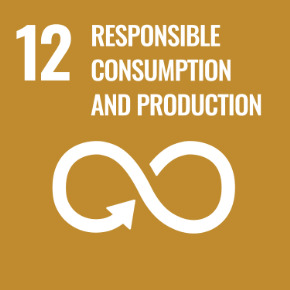Step 1:Identifying Key Issues
Identifying key issues is carried out by the Environmental Management Project. NISSEI recognizes that plastic products produced by injection molding machines, which are their main products, have a significant impact on the global environment and society. “The Key Issues for Profit Opportunity” and “Risks of the Key Issues” have been selected from SDGs, the Corporate Governance Code, NISSEI’s long-term growth strategy “Future Design 2026,” and mid-term management plan.
The Key Issues for Profit Opportunity
Improving Corporate Earnings by Solving Social Issues
Since the majority of plastic products are made from petroleum-based materials, implementing measures to reduce its environmental impact and marine plastics are required. However, plastic products are also essential for improving people's lives in developing countries and enhancing technologies and product performances in every industry. NISSEI Group believes that they can provide the clues to solve the issues by utilizing the injection molding machines and its technologies.
Risks of the Key Issues
Business Operation That Takes Climate Change and Environmental Protection into Consideration
The key environmental issues must be addressed since the plastics industry requires creative business mindsets in order to enhance eco-friendly measures.
Strengthening Human Resources and Organizational Capabilities
The key social issues must be addressed in order to become an enterprise that can meet changing needs for manufacturing and to be able to proactively transform so that they can become valuable to the society.
Establishing Governance Structure to Strengthen Risk Management
The key governance issues must be addressed in order to strengthen corporate governance and risk management including supply chains for a global business operation.
Step 2: Solving the Key Issues
Each department lists the aspects of opportunities and types of risks for the identified key issues and rank them by priorities (A, B, and C). Then, they set targets or specific plans using a PDCA cycle with each quarter as one period. The progress of each department is managed by the Environmental Management Project.
